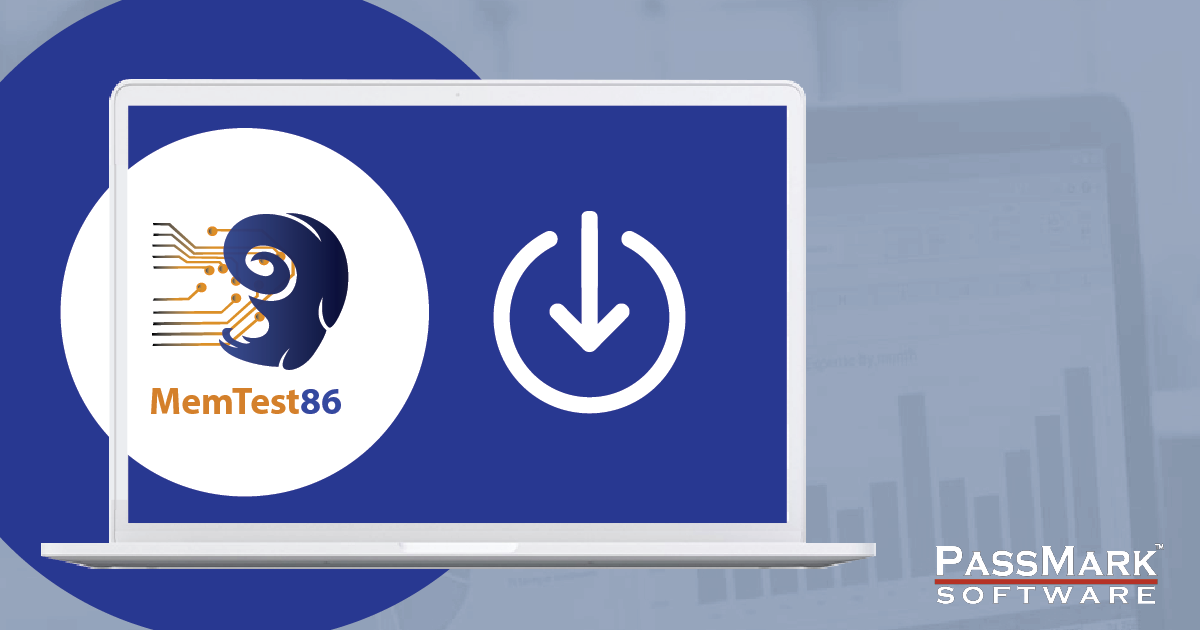Hello,
So i have been having performance issues for a while now with my pc and have done a lot of things and got it to run pretty decently now but still not how its supposed to. recently i have overclocked my cpu in the bios through PBO and set max memory frequency to 200 also pbo scalar is set to 3x and xfr enhancements or something like that, in that option the PBO there is also enabled with the scalar set to 3x. So i recently did a benchmark on my memory with OCCT and it seems like thats the part that is underperforming. The ram is in the correct slots number 2 and 4 in dual channel, xmp profile is enabled. i have tries resetting the bios to its default settings but that didnt help. Looked it up everywhere but i cant seem to find a solution. can somebody help me please? it would be very much appreciated thank you.
Specs:
B550m aorus elite
Ryzen 5 5600x - Coolermaster hyper 212 aircooler.
Rtx 3060 gigabyte gaming oc 12gb
32gb 3200mhz corsair rgb vengeance.
Coolermaster 750watt gold 80plus psu.
So i have been having performance issues for a while now with my pc and have done a lot of things and got it to run pretty decently now but still not how its supposed to. recently i have overclocked my cpu in the bios through PBO and set max memory frequency to 200 also pbo scalar is set to 3x and xfr enhancements or something like that, in that option the PBO there is also enabled with the scalar set to 3x. So i recently did a benchmark on my memory with OCCT and it seems like thats the part that is underperforming. The ram is in the correct slots number 2 and 4 in dual channel, xmp profile is enabled. i have tries resetting the bios to its default settings but that didnt help. Looked it up everywhere but i cant seem to find a solution. can somebody help me please? it would be very much appreciated thank you.
Specs:
B550m aorus elite
Ryzen 5 5600x - Coolermaster hyper 212 aircooler.
Rtx 3060 gigabyte gaming oc 12gb
32gb 3200mhz corsair rgb vengeance.
Coolermaster 750watt gold 80plus psu.










